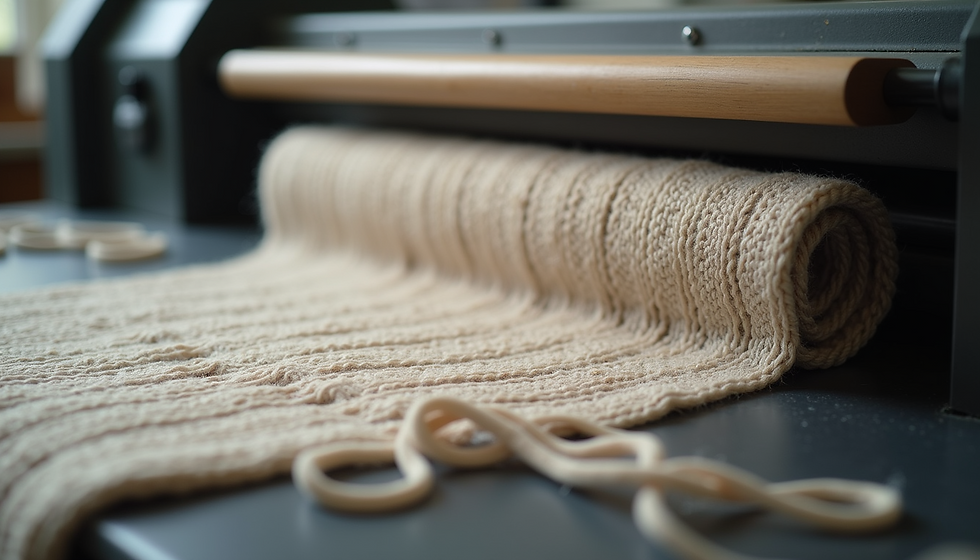Exploring Knitted Fabric Manufacturing Process for Beginners
- sknigamiiml
- Jun 4
- 2 min read
Updated: Jun 29
Knitted fabric manufacturing is a fascinating process that involves intricate steps to transform yarn into finished garments. For beginners looking to explore this industry, understanding the basics of knitted fabric production is essential. In this article, we will delve into the essential steps involved in the manufacturing process, offering insights into the world of knitted fabrics.

The first step in knitted fabric manufacturing is sourcing quality yarn. Yarn can be made from various fibers such as cotton, polyester, or wool, each offering unique characteristics to the final fabric. The quality of the yarn plays a crucial role in determining the overall look, feel, and durability of the fabric. Once the yarn is sourced, it undergoes the knitting process, where it is interlooped to form a fabric structure. Knitting machines come in various types, including circular knitting machines and flat knitting machines, each suited for different types of fabrics. The choice of knitting machine depends on the specific requirements of the fabric being produced. After the knitting process is complete, the fabric undergoes finishing processes to achieve the desired characteristics. This may include treatments such as dyeing, printing, or applying finishes to enhance the fabric's properties. These finishing processes not only add aesthetic appeal but also improve the fabric's performance and durability. Quality control is a critical aspect of knitted fabric manufacturing to ensure that the final products meet industry standards. This involves inspecting the fabric at various stages of production to check for defects and inconsistencies. Any issues found during the quality control process are addressed promptly to maintain the integrity of the final fabric. In conclusion, knitted fabric manufacturing is a complex yet rewarding process that requires attention to detail and a thorough understanding of the various stages involved. By delving into the intricacies of yarn selection, knitting processes, finishing techniques, and quality control measures, beginners can gain valuable insights into this dynamic industry. Whether you are a budding textile enthusiast or a seasoned professional, exploring the world of knitted fabric manufacturing opens up a world of creative possibilities and endless learning opportunities.

Comments